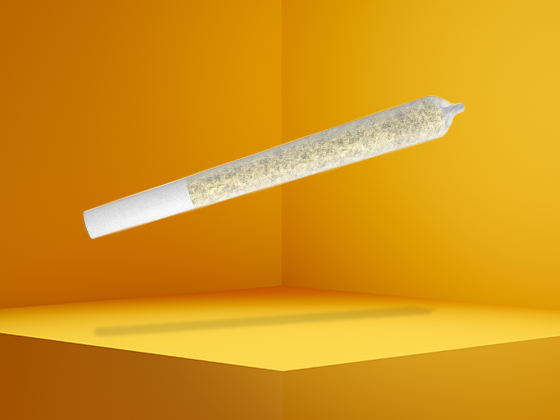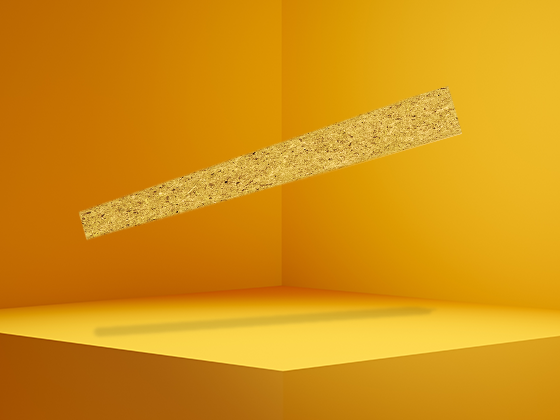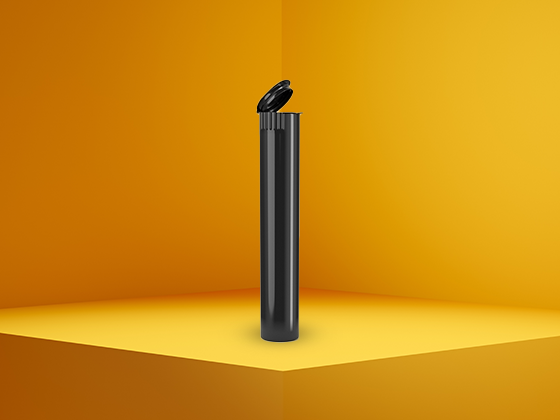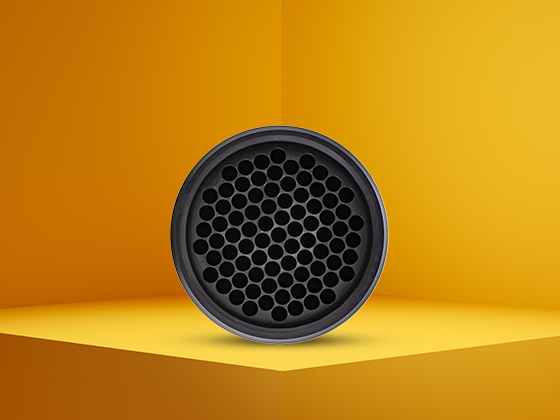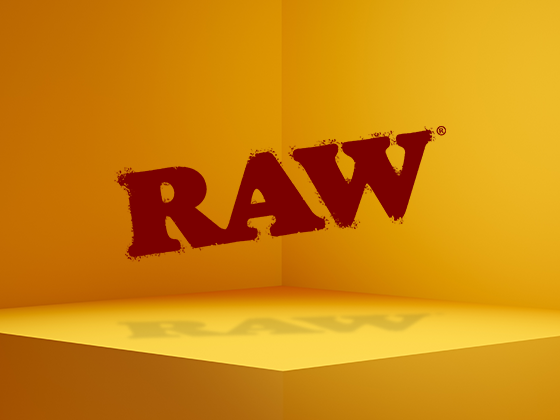Table of Contents
Mastering the RAW Roller: A Step-by-Step Guide
Learning how to use a RAW roller effectively can transform your rolling experience, creating perfectly cylindrical rolls every time with minimal effort. Whether you're new to rolling or looking to perfect your technique, this comprehensive guide will walk you through everything you need to know about using a RAW roller.
Benefits of Using RAW Rollers
RAW rollers have gained popularity for several compelling reasons:
- Consistency in size and shape
- Speed and efficiency compared to hand-rolling
- Reduced material waste
- Perfect for beginners or those with dexterity issues
- Portable and durable design
According to our comprehensive guide to RAW rolling machines, these devices can help even complete beginners achieve professional-quality results on their first attempt.
Preparing Your RAW Roller
Before learning how to use the RAW roller, it's important to understand the components:
Components of a RAW Roller
The standard RAW roller consists of:
- Two rolling aprons (typically made of flexible plastic)
- An outer frame that holds the aprons in place
- Two rollers that create the cylindrical shape
RAW rollers come in different sizes, typically 70mm, 79mm, and 110mm. The 79mm is the most popular standard size and ideal for beginners. For more information on choosing the right size, check out our guide to RAW roller sizes and options.
Step-by-Step Guide to Using a RAW Roller
Follow these steps to master how to use a RAW roller:
Step 1: Position the Roller Correctly
Place the RAW roller on a flat surface with the RAW logo facing you. Make sure both aprons are evenly positioned and the rollers move freely when you rotate them.
Step 2: Insert the Rolling Paper
Take your RAW paper and place it between the two rolling aprons with the gummed edge facing up and away from you. The paper should follow the natural curve of the roller.
Step 3: Add Your Material
Evenly distribute your ground material along the length of the paper. For beginners, it's better to start with a moderate amount rather than overfilling.
Step 4: Initial Rolling Motion
With your thumbs positioned on the front roller and your index fingers on the back, gently roll the aprons upward (away from you) to begin shaping your material.
Step 5: Tuck and Roll
Once your material is evenly distributed, roll both aprons downward (toward you) simultaneously until the paper begins to tuck into the roller. This is the critical moment that determines the tightness of your roll.
Step 6: Complete the Roll
Continue rolling downward until only the gummed edge of the paper is visible. Lightly moisten the gummed edge with your tongue or a small amount of water.
Step 7: Seal and Finish
Roll completely one more time to seal the moistened edge, then continue rolling in the same direction to eject your perfectly rolled creation.
For visual learners, our detailed guide to mastering RAW rolling machines includes helpful diagrams of this process.
Troubleshooting Common Issues
Even with the best technique, you might encounter these common problems when learning how to use a RAW roller:
Paper Crinkles or Tears
This usually happens when the paper isn't positioned properly or when the rolling motion isn't smooth. Make sure the paper is centered and apply even pressure during rolling.
Uneven Distribution
If your material bunches up on one side, try distributing it more evenly before rolling. You can also gently tap the roller on a flat surface to help settle the contents.
Too Tight or Too Loose
The tightness is determined during the tucking phase. For a looser roll, apply less pressure when tucking. For a tighter roll, apply more pressure and ensure the material is well-compressed before tucking.
Paper Not Sticking
If the gummed edge isn't adhering properly, it may not be moist enough or you might be rolling too quickly after moistening. Apply a bit more moisture and roll slowly to allow proper adhesion.
Advanced Techniques for RAW Roller Mastery
Once you've mastered the basics of how to use the RAW roller, you can explore these advanced techniques:
The Cone Shape
To create a cone shape, place slightly more material at one end before rolling. This creates a tapered effect that some users prefer.
Double Rolling
For extra stability or special occasions, you can use two papers together in the roller. This technique requires practice but can create impressive results.
Filter Tips Integration
Adding a filter tip (also called a crutch or tip) can improve structural integrity and provide a better experience. Place the filter at one end of the paper before adding your material and rolling as normal.
For more advanced techniques, our guide to automatic and manual RAW rolling techniques offers expert insights.
Essential Accessories for Your RAW Roller
Enhance your RAW roller experience with these accessories:
- RAW filter tips for improved structure and experience
- RAW hemp plastic grinder for consistent material preparation
- RAW bamboo rolling tray to keep your workspace organized
- RAW pre-rolled cones for times when you need a quick alternative
We also offer premium Hara Cones in our collection that provide an excellent alternative when you don't have time to use your roller but still want quality results.
RAW Roller Innovations and Future Developments
The world of rolling technology continues to evolve with new innovations. RAW has expanded their roller lineup to include automatic rollers that further simplify the process. These advanced machines handle much of the manual work, making rolling even more accessible to everyone.
As sustainability becomes increasingly important, RAW continues to focus on eco-friendly materials and manufacturing processes. Their commitment to natural, unrefined products extends to their rolling accessories, including the rollers themselves.
Whether you're just learning how to use a RAW roller or you're looking to refine your technique, the key is practice and patience. With time, using your RAW roller will become second nature, providing you with perfectly rolled results every time.

